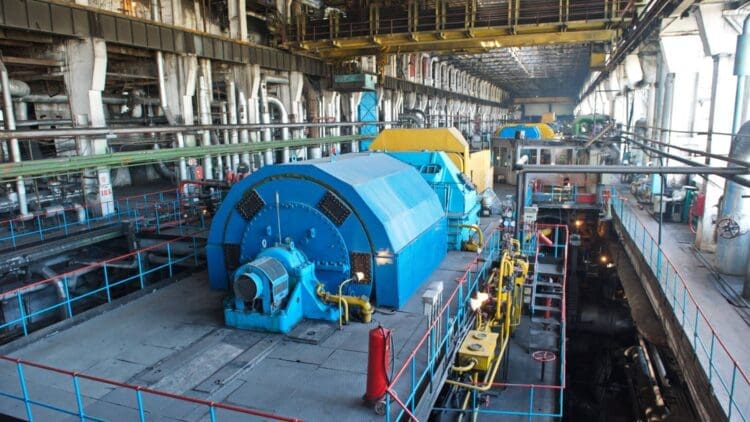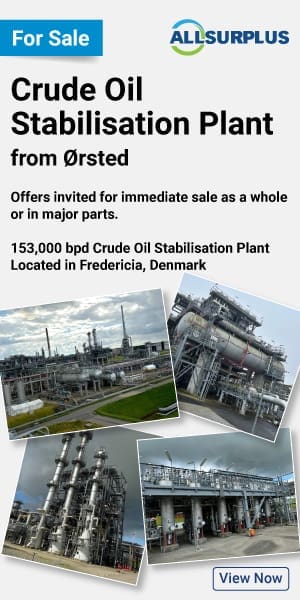The world’s largest green hydrogen hub, NEOM, has added a new partner to develop renewable and grid infrastructure at the site. NEOM is a milestone facility that is nearing completion and will serve the region as the leader in hydrogen production. NEOM is a planned futuristic city being built in Saudi Arabia that promises to give the world a glimpse of what the future might look like. The city features a 4 GW green hydrogen hub that is the largest of its kind in the world, and now the joint venture has a new partner.
NEOM has become an example of what the cities of the future may look like
NEOM has become a prime example of what humankind of capable of under the right circumstances. The Kingdom of Saudi Arabia is attempting to become a global leader in the renewable energy sector through its innovative NEOM project.
NEOM, along with ACWA Power and Air Products, has built something truly astonishing in the Saudi desert. The world’s largest green-hydrogen-based ammonia production facility in the Kingdom of Saudi Arabia will produce up to 600 tonnes per day of carbon-free hydrogen in the form of green ammonia, which will revolutionize the global energy sector.
As the project has cleared the 80% completion mark, it features:
- 257 wind turbines to generate 1.6 GW of clean wind energy
- A solar farm the size of Manhattan capable of producing 2.2 GW of solar power
- A dedicated transmission grid to carry 4 GW of renewable energy across the site
The upcoming 4GW Yanbu Green Hydrogen Hub will revolutionize the energy sector in the region
It has emerged that the state-owned energy utility, ACWA Power, has signed an early-stage agreement with India’s Larsen & Toubro to develop the upstream renewables and grid infrastructure at the 4GW Yanbu Green Hydrogen Hub in NEOM.
The collaboration further strengthens the cooperative nature of the project, which also has Air Products and ACWA Power working on-site to improve the grid infrastructure.
India’s Larsen & Toubro has been designated the right to work on the upstream renewable capacity, as well as grid infrastructure, and storage components, which are crucial to the success of the project in a region that has, for far too long, relied on fossil fuels.
The facility will be capable of generating 600 tons of carbon-free hydrogen per day, which will then be transported as ammonia to the market. As the hydrogen sector is relatively new in the grand scope of things, the energy sector needs to pioneer innovative biomass-to-hydrogen projects.
Hydrogen is the most abundant element in the universe and can be found in vast quantities all around us. Some regions in the United States have even found huge troves of the element underground. It would seem we are only now beginning to scratch the surface of hydrogen’s potential to revolutionize the global energy sector.
We can not understate the importance that the NEOM hydrogen hub will play in the global transition currently underway in the energy sector.
The energy-producing nations of the world are embracing the potential that hydrogen has in troves
The Kingdom of Saudi Arabia shocked the world when it announced the plans for the NEOM city. The fact that it will feature a massive, record-breaking hydrogen hub further exacerbated that disbelief. However, as the project has passed the 80% completion mark, the world now sees that it is an eventuality instead of a pipedream. Other energy-producing nations have also been approving huge hydrogen projects as the renewable energy sector expands. China has added more than 20 new hydrogen ventures as part of its hydrogen expansion. Hydrogen is set to become the dominant force in the global energy sector as it transitions away from fossil fuels.





